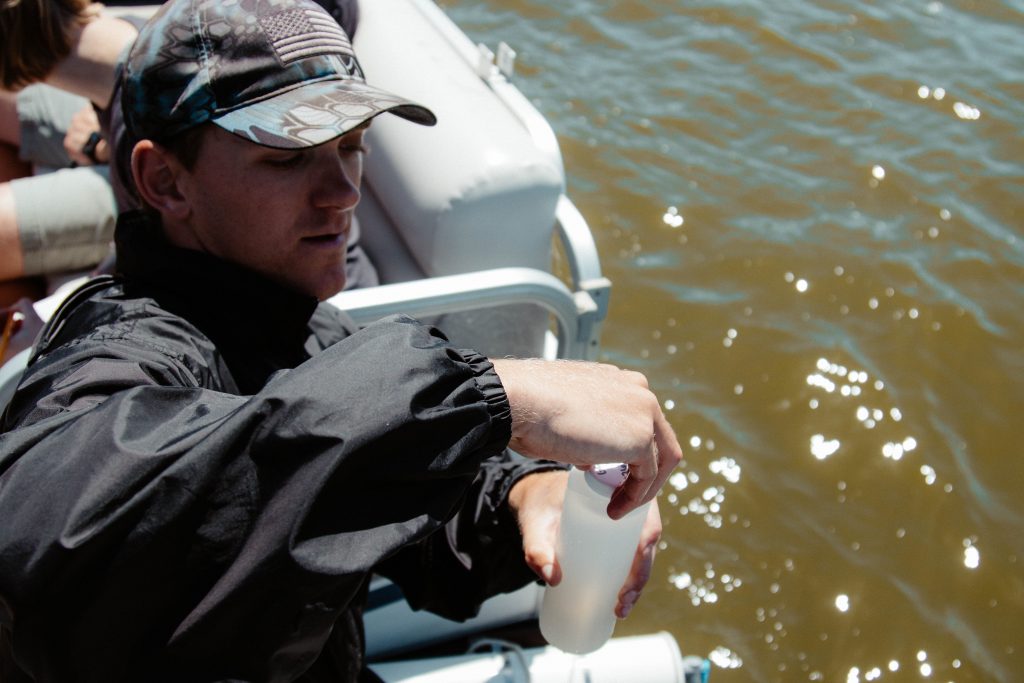Clean vs. Clear Lakes
If your lake is clear, that must mean it is clean…. right? Well, from a scientific perspective, a clean lake does not have to be clear – and a clear lake is not always clean.
Clear and clean are not synonymous
A clear lake is easy to spot. There are no visible particles in the water; it is not muddied by sediment or algae blooms. You can usually see fish swimming around at the bottom. But a clear lake might be hiding bacteria, pesticides or toxins, like the ones algae produces. For this reason, algae populations are not always a good indicator of a lake’s cleanliness since small amounts of algae can produce large amounts of toxin. A clear lake might have more algae toxins than one stained brown.
On the flipside, a safe lake can masquerade as an unsafe, dirty one. The water is a murky shade of tan, and underwater life is hidden by small, natural amounts dirt and algae. Even though you might not be sure where to put your feet in a lake like this, it is probably not dangerous to swim or fish in.
Why the water is brown
The water’s brown color likely comes from natural tannins found in trees. Like a tea bag steeping in hot water, tannins seep from the roots of nearby trees and stain the lake water a light brown. Although you might not want to drink this water, it is safe for swimming, fishing and boating.
Tannins are dissolved organic carbon, a chemical substance found in many plants. As the tannins seep from trees and other plants and into the soil, they eventually make their way into nearby lakes and streams. The tannins stain the water a light shade of brown. You can safely enjoy tannin-stained lake water, just as you would a cup of tea or coffee.
Next time you jump off your dock or wade into the shallows at a public beach, remember that the water’s color does not always determine its cleanliness. You can rest assured that the Lilly Center, along with our supporters, is working hard to help preserve and protect local lakes.
